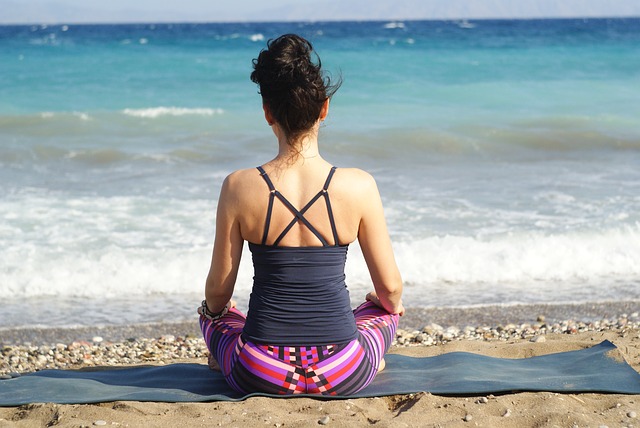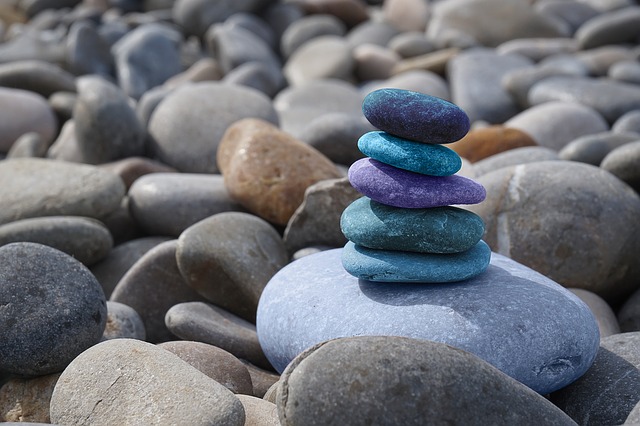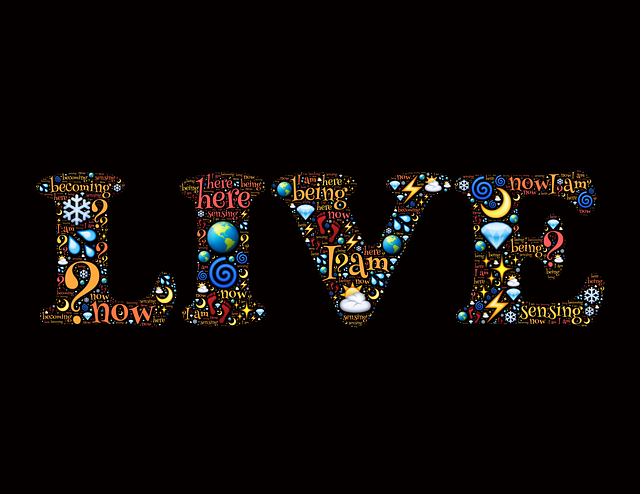In an earlier post, I discussed mindfulness for school children and explained the ground-breaking work of Goldie Hawn in providing training in mindful awareness and brain science to hundreds of thousands of teachers and children.
In this post, I want to focus on mindfulness for university students and highlight the mindfulness resources that are now increasingly available in universities throughout Australia.
The challenges confronting university students
University students face many challenges that can upset their balance and equanimity and contribute to distress. Overseas students studying in Australia, for example, may have the challenge of mastering a new language, developing new friends and overcoming the sense of isolation and loneliness. The process of integration and “finding their place” is compounded by cultural differences associated with norms that impact behavioural expectations generally, as well as in tutorials and lectures.
University students might experience performance stress resulting from assessment requirements such as assignments, projects and exams – often occurring across more than one subject simultaneously. Sometimes, this performance stress and related anxiety is self-imposed through the desire to achieve a certain minimum GPA to gain entry to an Honours or Master’s course or program. Other times, the performance stress is generated by the expectations of students’ parents, employer or relatives. Peers, too, can add to the pressure when they are quick to point out any shortfall in assessment results or make unfavourable comparisons.
University students may experience exclusion from the “in-group” on the grounds of race, gender, sexual preference, dress standards or another discriminating basis. Students at live-in university colleges may find it hard to fit into the prevailing college culture and norms. They might even be excluded on the grounds of failing to form an intimate relationship within the college community. The recent Human Rights Commission report into sexual harassment and sexual assaults in universities in Australia gave a challenging insight into the prevalence of, and devastating impact of, sexual abuse experienced by many university students.
Relationship breakups are a common experience for university students through the pressure of study and assignment commitments, differing expectations and values and the unusual circumstances of university life. These relationship break-ups can lead to emotional turmoil and distress. Relationship problems and other stressors can be exacerbated by financial difficulties.
The onset of assessment deadlines can result in panic attacks, nervousness, anxiety and add stressors to relationships that are already stressful. The level of stress experienced by university students in Australis was highlighted by the report of a recent research project. The research, conducted jointly by Headspace and the National Union of Students, surveyed 2,600 Australian tertiary education students. The report disclosed a very alarming level of anxiety among the TAFE and university students surveyed – “35 per cent experiencing self-harm or suicidal thoughts in the past 12 months”.
Mindfulness Resources in Universities
Universities have started to realise the impact of multiple stressors on students’ ability to concentrate and perform academically and to sustain commitment to their courses (drop-out rates have been increasing).
Most universities now, especially through their counselling services, have established a suite of mindfulness resources for their students. They promote these on the grounds that they will increase concentration, clarity and focus; reduce stress; enhance physical and mental health; improve quality of life and relationships; and help to develop positive attitudes and happiness.
RMIT, for example, provides a series of six conversations incorporating introductions, audios and exercise worksheets. The conversations are based on Acceptance and Commitment Therapy (ACT) which involves a core message – “accept what is out of your personal control, and commit to action that improves and enriches your life”. The RMIT ACT Conversations cover the following topics:
- Language creates conflict
- Action & experience versus thought and emotion
- Acceptance, willingness and inclusion
- Mindfulness and being present
- Your values and direction
- Committed action
In line with many mindfulness trainers and practitoners, RMIT stresses the critical role of the exercises and mindfulness practice. A local resource that reinforces RMIT’s ACT approach is the very readable, humorously illustrated and practice-oriented workbook, The Happiness Trap Pocketbook, produced by Dr. Russ Harris and Bev Aisbett.
James Cook University provides a Relaxation, Meditation and Mindfulness PDF with links to Smiling Mind Mindfulness Meditation, free meditation resources and classes, 6 mindfulness exercises to try, quick relaxation techniques and exercises.
Links to other free mindfulness resources designed for university students include the following:
Additionally, the University of California, Los Angeles (UCLA) through its Mindful Awareness Research Center (MARC) has the following free resources:
There are numerous resources for university students to grow in mindfulness and improve the quality of their university life, enhance their close relationships and achieve the level of academic performance they are capable of.
By Ron Passfield – Copyright (Creative Commons license, Attribution–Non Commercial–No Derivatives)
Image source: courtesy of youzuowei1230 on Pixabay
Disclosure: If you purchase a product through this site, I may earn a commission which will help to pay for the site, the associated Meetup group and the resources to support the blog.












